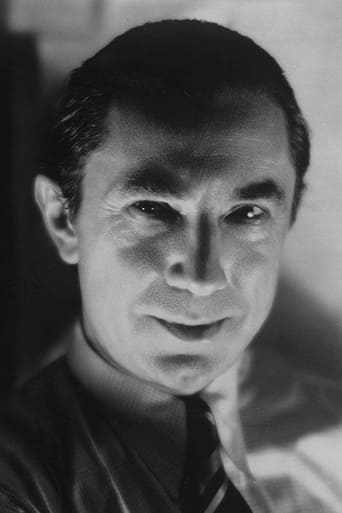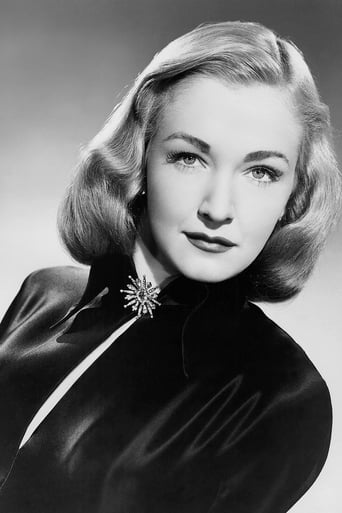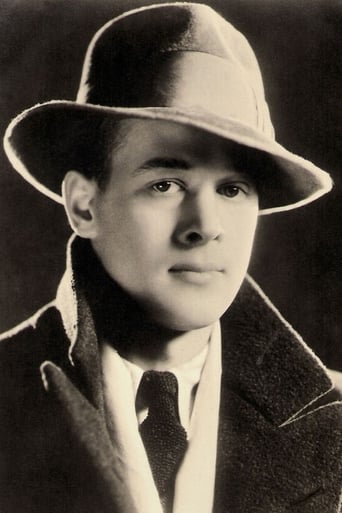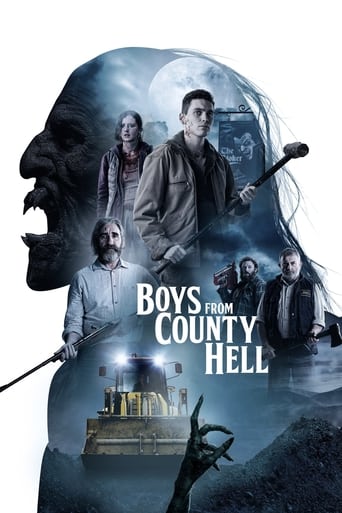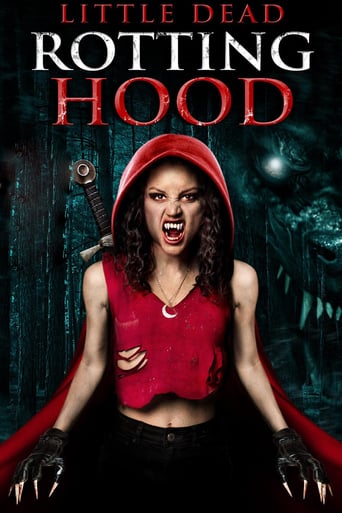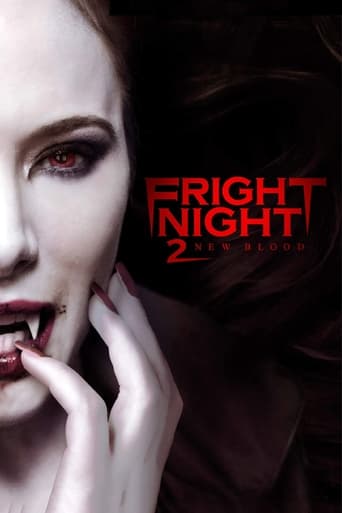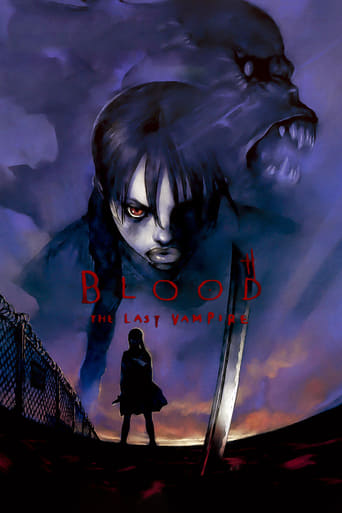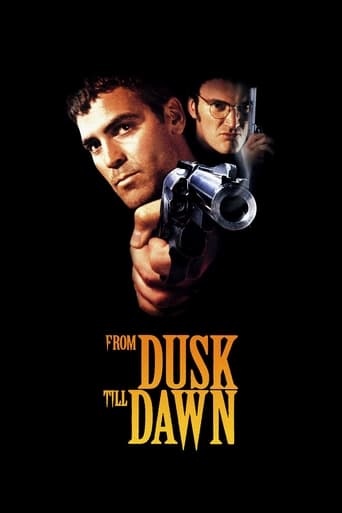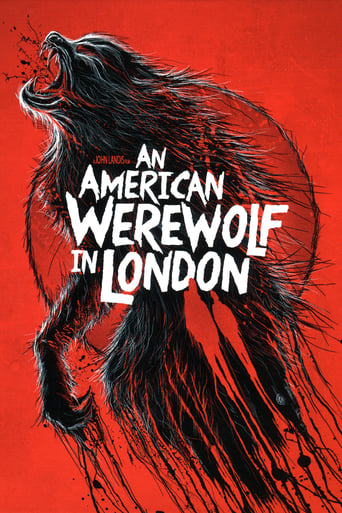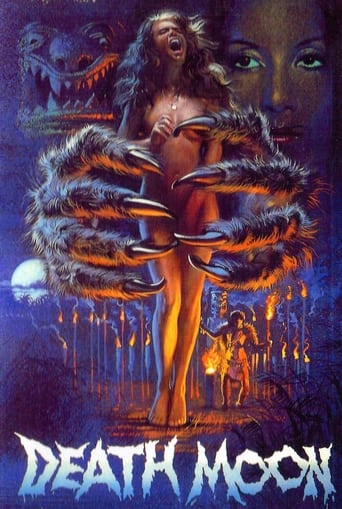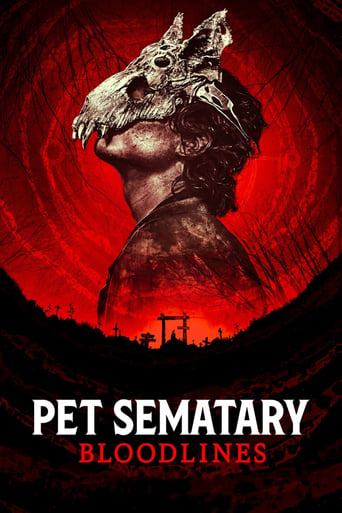
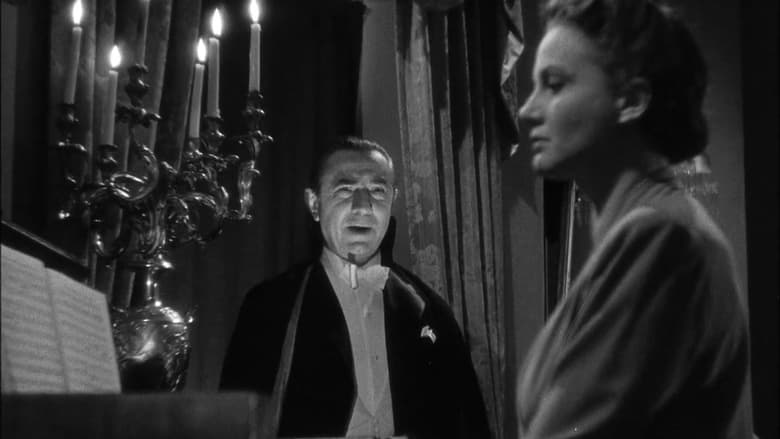
The Return of the Vampire (1943)
In 1918, an English family is terrorized by a vampire, until they learn how to deal with it. They think their troubles are over, but German bombs in WWII free the monster. He reclaims the soul of his wolfman ex-servant, and assuming the identity of a scientist who has just escaped from a concentration camp, he starts out on a plan to get revenge upon the family.
Watch Trailer
Cast


Similar titles
Reviews
Released on the heels of Universal's first monster-rally movie, "Frankenstein Meets the Wolf Man" (1943), as well as the third film in the studio's Dracula series, "Son of Dracula" (1943), Columbia decided to make its own monster rally, which could've appropriately been titled, "Dracula Meets the Wolf Man." Adding to the studio and character crossovers, Bela Lugosi, the vampire of this film, "The Return of the Vampire," played the Frankenstein monster in "Frankenstein Meets the Wolf Man," and the Wolf Man from that film played Dracula in "Son of Dracula." Additionally, director Lew Landers had directed the classic Universal horror film "The Raven," which starred Lugosi. At this point of B-production shockers of the 1940s, no studio was making vampire pictures that had really anything to do with Bram Stoker's novel "Dracula," though, and most of them are a far cry from the classic 1930s Universal monster movies, which began with Lugosi's "Dracula" (1931). Columbia's "The Return of the Vampire" is better in some ways than some of the contemporary Universal shockers, though.There are some interesting details for those who follow the genre. Lugosi's face isn't revealed until 23 minutes in--building up suspense in the meantime. In the first scene, we mostly just see his shadow (Stoker's Dracula casts no shadows. "Nosferatu" (1922) added shadows.). The vampire bites a child--something Dracula never did, although the female vampires would (although in film, Hammer's 1958 "Dracula" may've been the first to show one of the female vampires attacking children). The vampire is resurrected by the stake being removed from his heart. Perhaps, Universal wanted to pay Columbia back a bit for their borrowing from Universal's monster movies, and that's why they use this trick to bring Dracula back in the next year's "House of Frankenstein."I like that the second Van Helsing-type doctor, after her originally being a skeptic, is a woman this time. It's possibly the first time a leading actress wasn't a vamp or a victim in a vampire film. I'm less fond of seeing a werewolf fight with his fists and barely escape a scrape with two men, or to see him die from what one assumes is a normal bullet. But, at least, he wrestles with his good human nature and his evil wolfman enslavement, and he's the one who ultimately defeats the vampire, so it's a satisfying monster- rally finish. Plus, this vampire is triply strong; literally, it, apparently, takes three of his usual weaknesses--stakes to the heart, crosses, sunlight--to finish him off.Stylistically, there's a big emphasis on fog. It even follows the vampire inside, and it's constantly spread throughout the frequent graveyard scenes. They use an upward-tilted light to shine in Lugosi's face--reminiscent of Karl Freund's highlighting of Lugosi's eyes in the 1931 "Dracula." The narration is all over the place--beginning with a title card that introduces the milieu, followed by a voice-over that describes the story as based on the notes of a guy who dies after about 15 minutes into the film, which begs the question of who's narrating the rest of the movie. There's also a vampire book, as there had been in other vampire films, such as "Nosferatu," "Vampyr" (1932) and "Son of Dracula." The narrative begins with scientists, but turns to a religious surprise in the final act. There's a constant flow of believers in and skeptics of vampires, with characters changing roles, until, in the final shot, a character turns to the camera and breaks the fourth wall, asking, whether we believe in vampires.Here, vampirism becomes an allegory for German invasion, which is an interesting turn from Stoker's rather xenophobic novel about a foreigner stealing Englishwomen. The film begins with the swift killing of the vampire, coinciding with the end of WWI in 1918. He's resurrected after the Nazis of WW2 bomb the graveyard, among other things, digging up his coffin from its burial. I suppose, then, that when the character at the end turns to the camera, he's asking whether we believe Germans are vampires.(Mirror Note: A small mirror is used to confirm the vampire. Interestingly, the mirror shot shows the vampire's clothes, while not the reflection of his face. Most other movies are content with the confusion of whether vampire's clothes are also vampiric. Not so here.)
One of the more unusual horror flicks of the forties, Return of the Vampire takes place amidst the rubble-strewn streets of wartime London. A bomb has unearthed the coffin of Armand Tesla (Bela Lugosi), a blood-sucker whose previous reign of terror struck fear into the hearts of the Ainsley family during World War I. With a helping hand from the Wolf Man (where'd he come from? – Matt Willis), Tesla is once again free to roam the Earth, but chooses to update his image and masquerade as Hugo Bruckner, a German émigré scientist. Can Lady Jane Ainsley (Frieda Inescort) save daughter Nicki (Nina Foch) from his hypnotic gaze—and will Scotland Yard's Sir Frederick Fleet (Miles Mander) ever admit to the existence of the supernatural? Return of the Vampire is a surprisingly effective and atmospheric feature from Columbia, a studio whose horror output was generally unimpressive, to say the least.
Bela Lugosi returns as the dreaded vampire Count, here going under the name of Armand Tesla due to Columbia being unable to get the Dracula copyright (owned exclusively at the time by Universal). Despite this, Lugosi here gives in my opinion his finest Dracula performance - much improved over his halting and stagey efforts in the Universal classic twelve years previously.Dracula / Tesla returns from the grave to wreak vengeance upon the vampire hunters who staked him decades previously, after a Nazi blitz raid unearths his tomb and a comedy Cockernee (played as usual by the reliable Billy Bevan) mistakes the stake through his heart for shrapnel and removes it. Lugosi sets his sights on vampirising the lovely Nina Foch (and you can't blame the guy), and even adopts the identity of a German doctor fleeing the Nazis to get closer to his prey. Lugosi gets more top do here than in most of his 1940s horror movies, and rises to the challenge with a great performance.We also get Matt Willis (not the one from Busted!) as Lon Chaney-a-like werewolf Andreas, in thrall to his vampiric master my night, but yearning to destroy him whilst in tormented human form. Also featuring good solid performances by Frieda Inescort as the decidedly MILFy Lady Jane, and Miles Mander as the disbelieving police inspector. He doesn't believe in werewolves or vampires. Do YOU people?
"Return of the Vampire" isn't all that bad of a vampire film.**SPOILERS**Dr. Jane Ainsley, (Frieda Inescourt) manages to kill vampire Armand Tesla, (Bela Lugosi) during the first World War. Years later, when her son John, (Roland Varno) and his fiancée Nikki Saunders, (Nina Foch) are about to be married, the German Blitz on London uncovers his grave, allowing his return. The rest allows for him Tesla to form a plan to avenge his death on Jane, going after John and Nikki. As he gets closer and closer to fulfilling his plan of revenge, Jane fights back against the vampire.The Good News: One of Lugosi's few roles as a vampire, this one wasn't all that bad. The mood and atmosphere created in here is quite nice. The frequent fog-drenched landscapes spread throughout are excellent examples, and set-up some great set-pieces. The early attack in the graveyard is very creepy, and is quite effective. The shadows are also great at generating suspense, and the sequence in the bedrooms are the best, with some great images throughout. The vampire story is actually pretty nice, and it's a nice, clever twist to the traditional elements. The World War II story is a new idea that's brilliantly worked into the film and creates some nice action sequences as well. The initial scenes of the attacks are the best, and it keeps the story from being too clichéd. And when Lugosi is in full vampire mode, it's never a boring feat.The Bad News: There's only a few things wrong with this one, and there not that bad. The film is over so fast that it's hard to really get into it, and could've been stretched out a little bit more. That would've made out the vampire attacks a little more violent, as they're pretty much non-existent. They basically just find the victims after the fact, and it doesn't really show any attacks. The fact that the film really makes no sense is also a problem, and there';s many different examples of things of that don't make sense. Many of them spoil the film, so they can't be revealed, but there's too much in here that doesn't make any sense. But these don't really hurt the film all that much.The Final Verdict: A rather routine vampire film that's at times quite chilling, it rises above and becomes some decent. Anything with Lugosi as a vampire can't be bad, so give it a shot, it isn't all that bad.Today's Rating-PG: Violence


